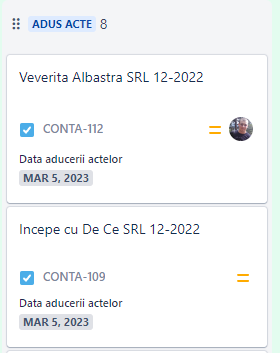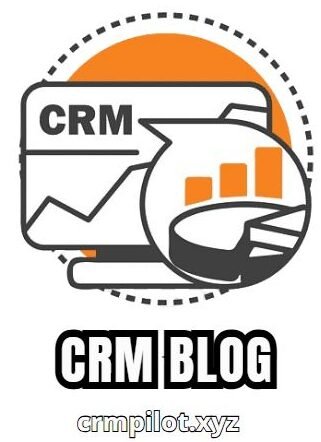Analytical dashboard tell convincing stories, giving life to the data lost in spreadsheets, databases and other sources, whether they are on the spot or in the cloud.
The strong and well -designed dashboard, which combine performance with ease of use, allow people to ask deeper questions. They become the trampoline to discover hidden information and help decisions to rely on data. By using a self-service visual analysis platform, you will allow people to create on-board paintings in a safe and governed environment, creating the security that the correct and updated data are used for analysis.
How do you develop effective dashboard?
As a creator of dashboard, explorer or spectator, you want the best user experience. These passages will help you facilitate a continuous flow while you create dashboard that convince, inform and involve your organization to go beyond exploring the data to answer questions faster, to make impact discoveries or discover potential risks.
How do dashboard work?
First of all, users must know that the definition of Dashboard depends on the role they play in an organization. Everyone uses dashboard in a different way. Not all dashboard have the same purpose, which is why it is important for users to understand what to follow the KPIs and why. This section answers the following questions:
– What kind of business questions do dashboard are they?
– What kind of data are followed in dashboard?
– How are the interactive dashboard?
The data are displayed on a dashboard in the form of tables, linear diagrams, diagrams with indicators, so that users can follow the health status of their activity in relation to the objectives and reference criteria.
Data dashboard display the data necessary to understand, monitor and improve your activity through visual representations. Depending on how you decide to design your dashboard, even simple numerical data can be visually informative using intuitive symbols, such as a red triangle down to indicate a decrease in income or a green triangle upwards to indicate an increase in the website.
How do the data enter a dashboard?
Other ways. You can charge files from your computer style, you can extract web services such as Facebook and Google Analytics, you can enter data from the API or as an e -mail attachment and you can access data from databases and servers. If the dashboard you use does not have a pre-built price connector, you can still connect to the dashboard. For example, you can charge CSV or Excel files.
Conclusion
In conclusion, analytical dashboards have transformed how businesses interact with their data, providing a compelling and accessible way to tell stories and uncover insights that might otherwise be hidden in spreadsheets, databases, or other sources. These dashboards bring data to life, offering a clear and visual representation that makes it easier for users to understand trends, patterns, and key performance indicators at a glance. A well-designed dashboard strikes the right balance between functionality and simplicity, empowering users to not only view the data but also to ask deeper, more insightful questions.
The power of an effective dashboard lies in its ability to act as a gateway for exploration. It allows users to drill down into data, identify underlying trends, and discover valuable information that might be buried in complex datasets. By visualizing key metrics and breaking down large volumes of data into digestible segments, dashboards help decision-makers rely on real-time, accurate data rather than intuition or guesswork.
These dashboards provide a trampoline for discovery, helping individuals and teams gain a deeper understanding of business performance and customer behavior. They also foster a data-driven culture by making information accessible to all levels of the organization, ensuring that decisions are based on solid evidence. In an era where businesses generate an overwhelming amount of data, analytical dashboards are essential tools that enhance strategic decision-making, improve operational efficiency, and ultimately drive growth. By transforming raw data into actionable insights, dashboards enable companies to make informed decisions and navigate the complexities of the digital age with confidence.
Latest Posts Published

How can you prevent the delay in bringing your customers’ documents?

Comparison between two pregnancy management platforms

What does a CRM mean? – Brunomag Concept Srl

How do you develop effective dashboard?

6 signs that your CRM is too complicated to use

Reasons to go to a better CRM

What do you learn from a role -playing game on negotiation and the perception of value

What do you learn from a negotiating role -playing game?

How to negotiate rates without losing customers

